An SEO audit is where you find opportunities to improve a site’s search performance. It involves finding technical, on-page, content, and link-related issues to fix or improve.
Everyone’s SEO audit process differs, as there’s no universal approach. But there are a handful of basic issues all site owners should look for.
You’ll learn how to check for 14 of them in this guide.
Manual actions are when a human reviewer at Google decides that your site doesn’t comply with their webmaster guidelines. The result is that some or all of your site won’t be shown in Google’s search results.
You’re unlikely to have a manual action unless you’ve done something drastically wrong. But it’s still arguably the best first thing to check because if you have one, you’re dead in the water before you even start.
To check for manual actions, go to the Manual actions report in Google Search Console.
If it says anything other than “No issues detected,” read our Google penalties guide.
Google updates its search algorithms all the time. Many of these updates target specific things like link spam or content quality.
For that reason, it’s important to check for organic traffic drops coinciding with known Google updates, as these may point to specific issues.
For example, the core update in August 2018 appeared to largely affect health, fitness, and medical sites that failed to demonstrate expertise, authoritativeness, and trust (E-A-T). In fact, Barry Schwartz, a prominent blogger, dubbed it the “Medic” update.
The update all but destroyed some sites, like this one:
You can check your organic traffic trend for free in Google Search Console. Just go to the Search results report and set the period to the past year or two.
You can also see an estimated traffic graph in Ahrefs’ Site Explorer, where you can also overlay known Google updates to more easily diagnose issues.
For example, we can see that this site’s traffic drop coincided with a core update:
If you spot a big traffic drop coinciding with a Google update, check our Google Algorithm Updates History page to see the focus of the update.
HTTPS is a secure protocol for transferring data to and from visitors. It helps to keep things like passwords and credit card details secure, and it’s been a small Google ranking factor since 2014.
You can check if your website uses HTTPS by visiting it. If there’s a “lock” icon in the address bar, it’s secure.
However, some websites face issues where certain pages load securely, but other pages and resources don’t. So we recommend digging a bit deeper to make sure there are no HTTPS-related issues. Here’s how:
- Sign up for a free Ahrefs Webmaster Tools account
- Crawl your site with Site Audit
- Go to the Internal pages report
From here, check the “Protocols distribution” graph to see whether any pages are using HTTP. Ideally, you want to see an all-green graph.
- Click on “HTTP”
- Sort the report by status code from low to high
- Add a column for “Final redirect URL”
If the lowest HTTP status code is “301” and the final redirect URLs all begin with HTTPS, everything is fine.
Next, hit the “Issues” tab and look for the “HTTPS/HTTP mixed content” issue. This indicates that while your initial HTML is loading over a secure HTTPS connection, some resource files like images load over an unsecure one.
If you see either of these issues, read our HTTPS guide to learn more about dealing with them.
People should only be able to access one of these four versions of your website:
http://domain.com http://www.domain.com https://domain.com https://www.domain.com
The other three variations should redirect to the canonical (master) version.
This is important because Google sees all four of these as separate site versions. Having more than one accessible can cause crawling and indexing issues. In some cases, it can even dilute link equity and, thus, may negatively impact rankings.
To check that everything works as it should, install Ahrefs’ SEO Toolbar, type each URL version into your browser, then check the HTTP headers to make sure they all redirect to the same “master” version.
For example, if we visit http://ahrefs.com, it redirects to the secure version at https://ahrefs.com.
The same happens if we visit the secure www version (https://www.ahrefs.com).
If this doesn’t happen, you’ll need to implement redirects.
Learn more: Redirects for SEO: A Simple (But Complete) Guide
Google search results come from its index, which is a database of hundreds of billions of webpages. Your pages need to be in this index to stand any chance at ranking.
It’s also important to keep pages that aren’t valuable for searchers out of Google’s index, as this can also cause SEO issues.
Indexing issues can get quite complicated, but you can check for basic issues fairly easily.
First, check the Indexability report in Site Audit for “Noindex page” warnings.
Google can’t index pages with this warning, so it’s worth checking they’re not pages you want indexed. If they are, remove or edit the meta robots tag.
Second, check the number of indexable URLs in the same report.
Investigate further if this looks abnormally high.
For example, given that we only have around 500 published blog posts, 2,164 indexable URLs seem high for the Ahrefs blog. But if we click the number, we see that it’s because it includes versions of our blog in other languages.
If we exclude those pages, along with author, category, and pagination pages, the number of indexable URLs looks pretty much spot on.
Mobile-friendliness has been a ranking factor everywhere since Google moved to mobile-first indexing in 2019.
Checking for mobile-friendliness is easily done. Just go to the Mobile Usability report in Google Search Console. It tells you whether any URLs have errors that affect mobile usability.
If you don’t have access to Google Search Console, plug any page from your website into Google’s Mobile-Friendly Test tool.
In general, assuming that other pages on your website use the same design and layout, the result should apply to most, if not all, of your pages.


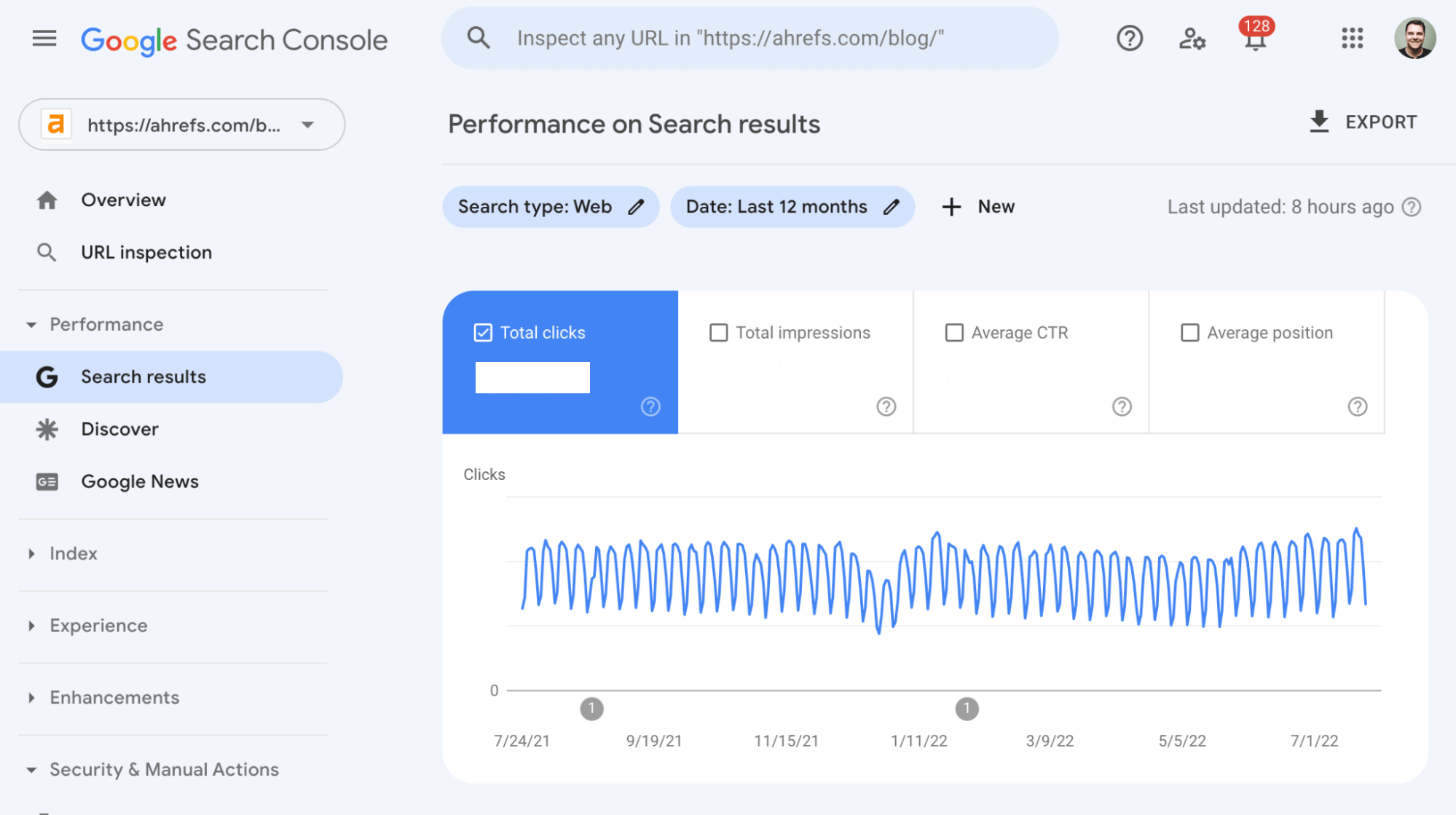
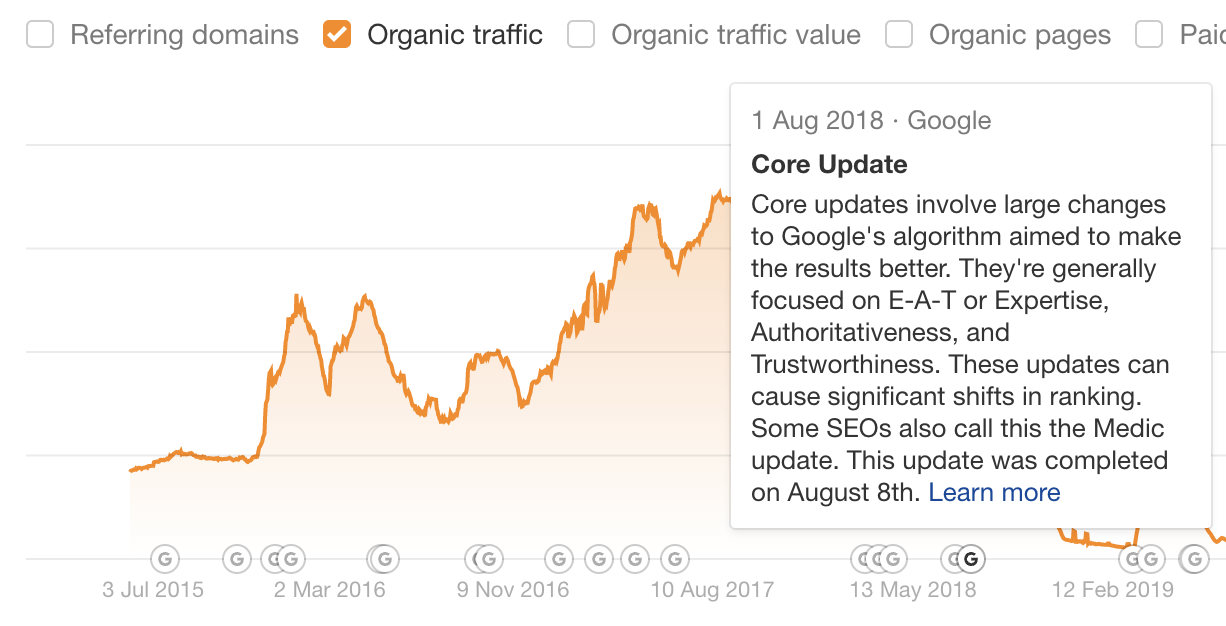

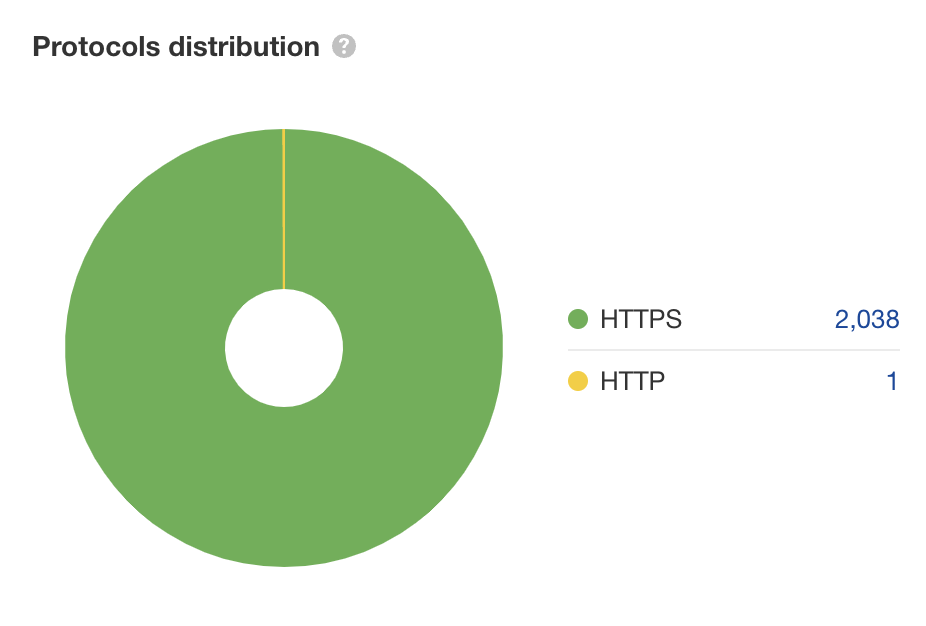
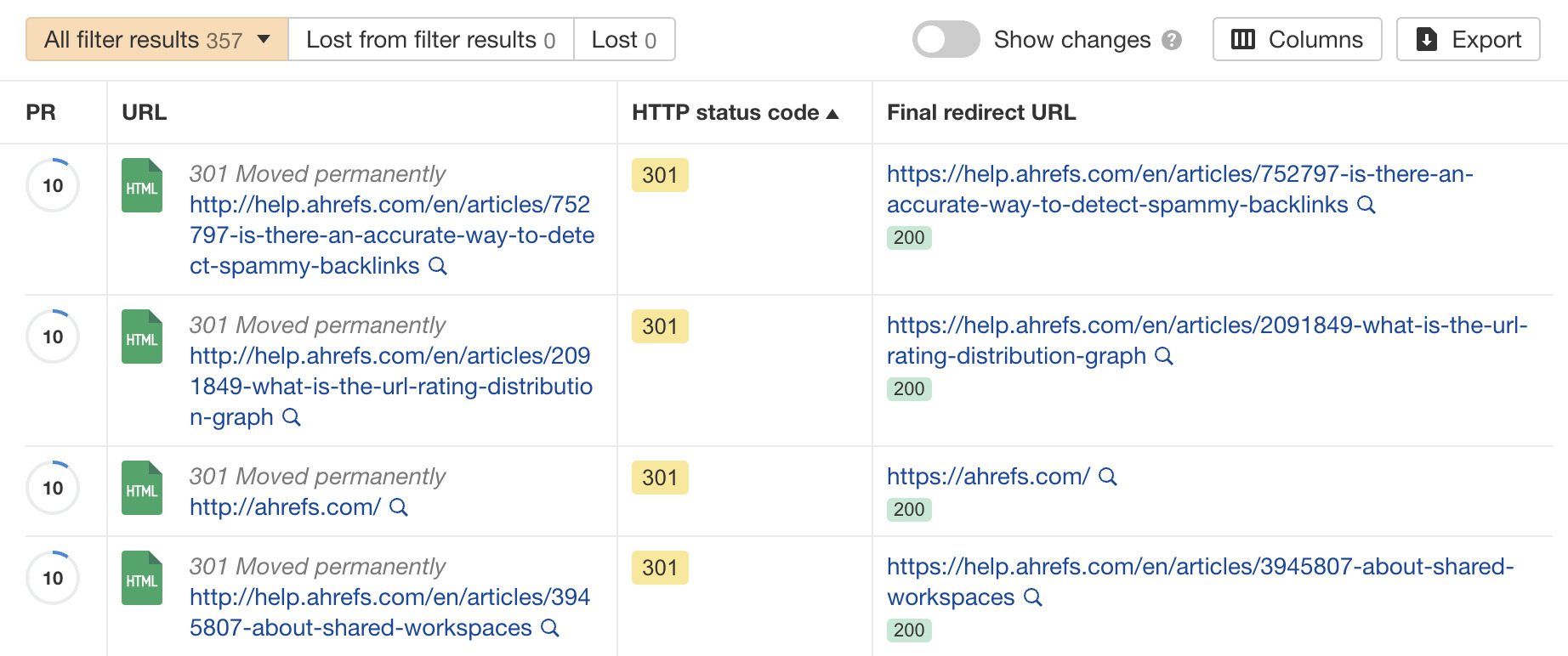
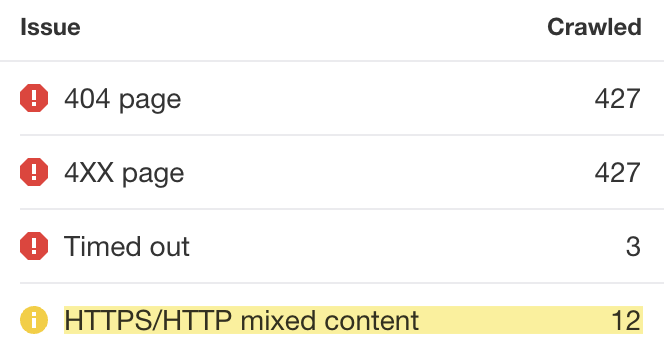


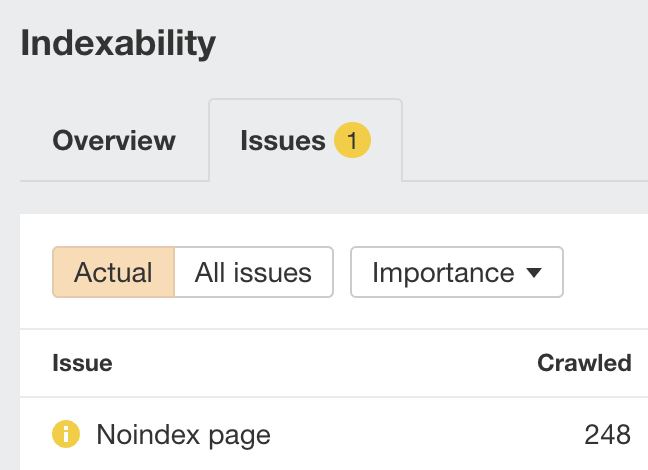
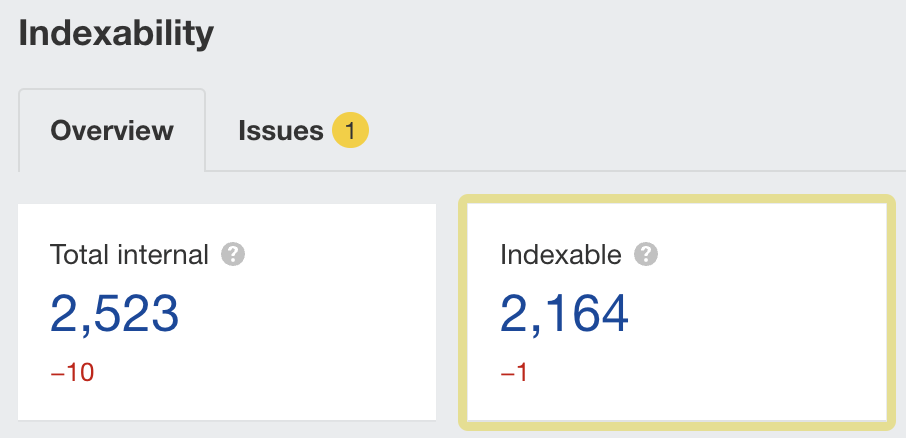
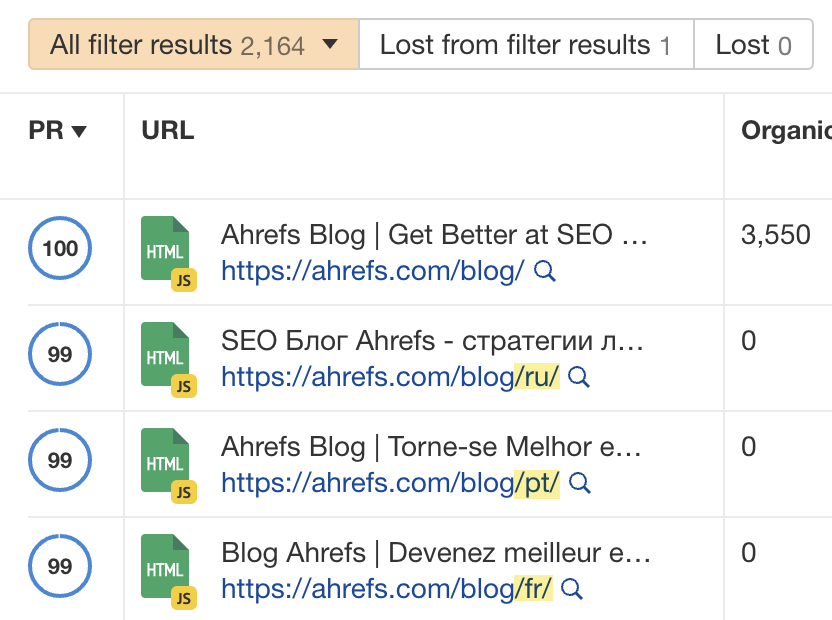

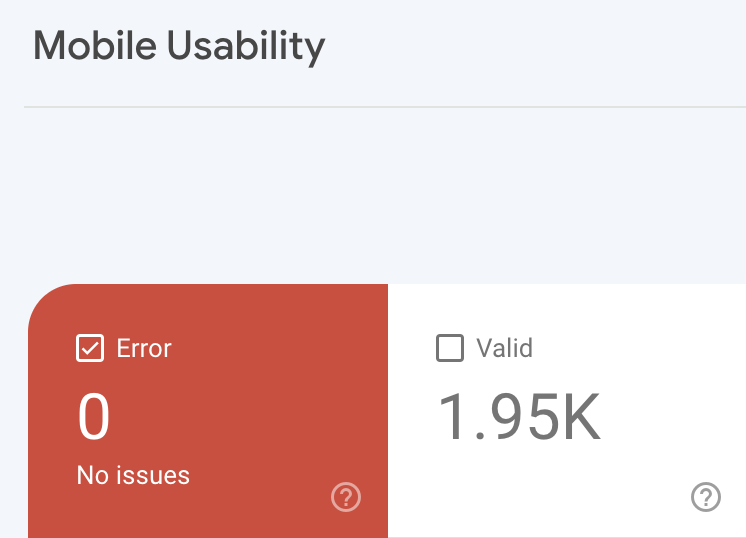
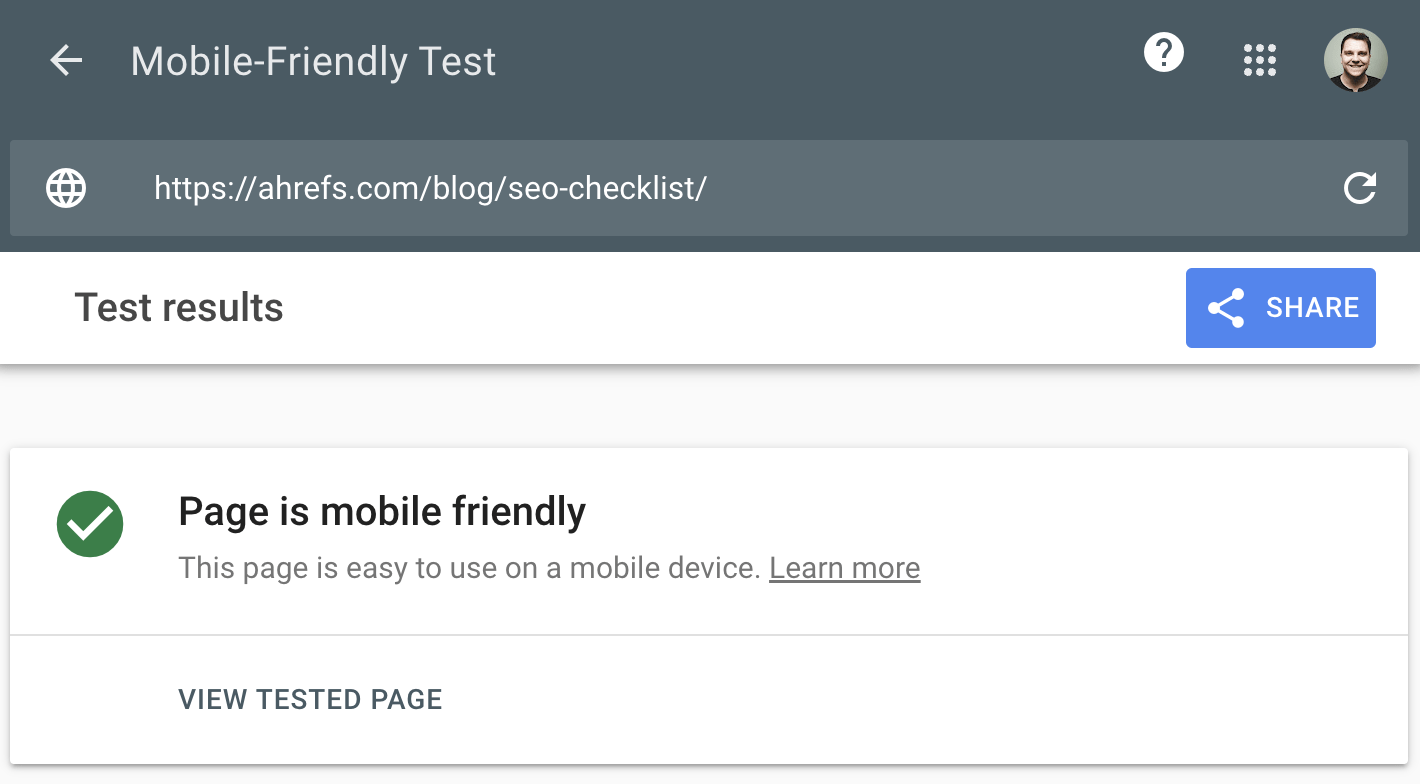
Comments
Post a Comment